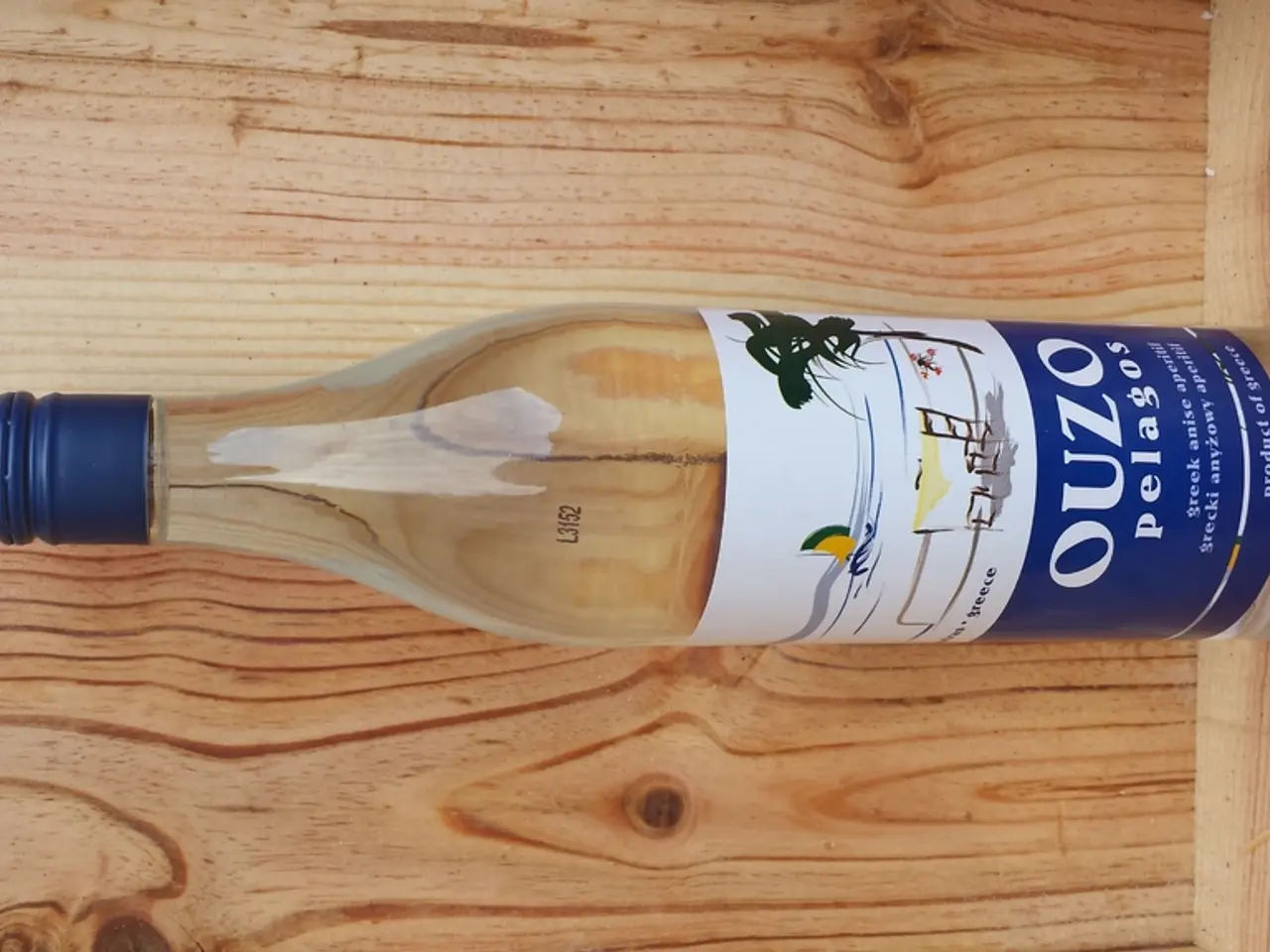Decrease in USDT Market Capitalization Observed Post MiCA Regulation Enforcement
The EU's MiCA (Markets in Crypto-Assets) regulation, which came into effect on December 30, 2022, has significantly impacted large stablecoin issuers, particularly Tether. The new rules have introduced stringent regulatory requirements that affect the operations, reserve management, and market access of these companies within the European Union.
One of the key impacts for large stablecoin issuers like Tether is the reserve requirement. MiCA demands that fiat-backed stablecoins maintain a 1:1 reserve ratio with liquid, low-risk assets. For large stablecoin issuers, at least 60% of their reserves must be held in EU-based commercial banks to enhance oversight and reduce systemic risks.
Another significant change is the requirement for regulatory authorization. Stablecoin issuers must obtain this authorization under MiCA to offer or list their tokens publicly in the EU. This framework provides a single licensing system with passporting rights across 27 EU member states, raising operational standards but also compliance costs.
MiCA also bans algorithmic stablecoins like Terra due to past risks and the lack of tangible reserves, forcing issuers relying on such models out of the EU market. Moreover, due to MiCA’s refusal to recognize Tether (USDT) as a compliant stablecoin, USDT has been delisted from major EU exchanges, effectively limiting European users to holding but not trading USDT on regulated platforms.
Tether's CEO, Paolo Ardoino, criticized MiCA in August, describing it as a "systemic risk" not only to stablecoins but also to the banking system. Rather than comply, Tether strategically exited the EU market and relocated its headquarters outside Europe, emphasizing the regulatory burden and local constraints imposed by MiCA.
The exit of Tether has created a two-tier stablecoin market in the EU, where MiCA-compliant tokens like Circle’s EURC dominate institutional adoption, capturing over 90% of the euro-based stablecoin market. This shift benefits compliant stablecoin issuers who are expanding their products in both traditional and decentralized finance sectors.
The licensing and operational standards introduced by MiCA also increase compliance costs, which may disadvantage smaller issuers and raise the entry barrier for all stablecoin providers, potentially consolidating market power with larger, MiCA-aligned firms.
According to Uldis Teraudkalns, Chief Revenue Officer at Paybis, MiCA will transform the EU crypto landscape with far-reaching effects. He also highlighted that the increased costs under MiCA could drive industry consolidation and reduce competition.
Despite the challenges, the EU market remains attractive, with companies expected to migrate internally to regions with more lenient regulations, according to Teraudkalns. He also stated that MiCA has the potential to enhance investor protection and reduce fraud risks, but it comes with increased costs.
Tether, despite facing criticism from its CEO, is projected to earn around $10 billion in profits this year. The company is supported by substantial cash reserves and diversified revenue streams, which may help it navigate the regulatory landscape more effectively. Agnė Lingė of WeFi stated that compliance with MiCA could be economically burdensome for large stablecoin issuers like Tether, but she does not foresee significant financial consequences for Tether due to a potential EU exit.
In conclusion, for large stablecoin issuers like Tether, MiCA imposes stringent reserve rules, licensing requirements, and operational constraints that have led to their retreat from the EU market and a reshaping of the stablecoin landscape in favor of MiCA-compliant providers. This regulatory approach aims to enhance financial stability and investor protection but also concentrates risks within European banking and affects global stablecoin dynamics.
- The crypto exchanges operating within the European Union are now required to ensure that any stablecoin issuers they list have obtained the necessary regulatory authorization under MiCA, as non-compliant stablecoins like Tether have been delisted.
- The finance industry's business model is undergoing a transformation as a result of the MiCA regulation, with large stablecoin issuers like Tether choosing to leave the EU market due to the high regulatory burdens, leading to an increased market dominance of MiCA-compliant stablecoins in the region.




